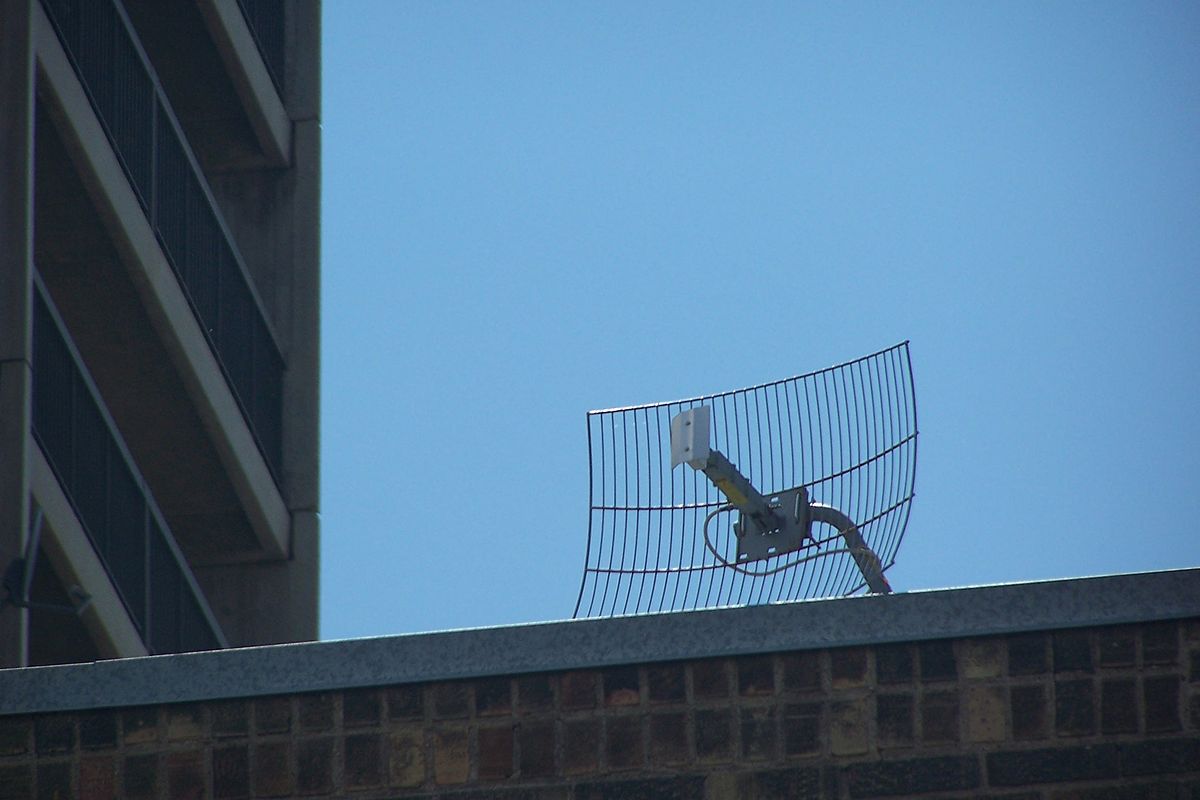Yes it is...they don't need as much fiberIt's not getting any cheaper.

Yes it is...they don't need as much fiberIt's not getting any cheaper.
How will they do backhaul 5G without fiber?Yes it is...they don't need as much fiber
Building out where nothing exists is still a huge undertaking. The reason there is no broadband in the country areas is because there is no fiber. Rather than build out 5G to these areas they might as well just run full broadband to the home.As much fiber
There is always microwaveBuilding out where nothing exists is still a huge undertaking. The reason there is no broadband in the country areas is because there is no fiber. Rather than build out 5G to these areas they might as well just run full broadband to the home.
There is always microwave

Is that really a viable option to offer high speed internet to a whole town.There is always microwave
You do realize 4g cell sites have fiber..Is that really a viable option to offer high speed internet to a whole town.
And how many 4G sites are across the center of the country. You need 10 times that amount for 5G.You do realize 4g cell sites have fiber..
Lots of small towns have fiber with companies geared for small towns...there is alot of federal money out there for small town fiberAnd how many 4G sites are across the center of the country. You need 10 times that amount for 5G.
And how many 4G sites are across the center of the country. You need 10 times that amount for 5G.
5G cannot penetrate walls as well as 4G. You need more cell locations to cover the same area.No you don't. 5G has EXACTLY the same distance reach as LTE at a given frequency. The reason you hear about 5G having smaller cells is because of all the higher frequencies used for it. The higher the frequency, the less the reach. No one is using those higher frequencies in rural areas.
If you deploy 5G at 600 MHz like T-Mobile it has a bit longer reach than anyone's LTE, because the lowest frequency anyone deployed LTE in the US at was 700 MHz.
Carriers will get no worse than the same reach (slightly better if they are replacing 3G GSM which had slightly less reach than LTE/5G does or 3G CDMA for that matter) when they upgrade rural cells from 2G/3G to LTE/5G using the same frequencies as what they're replacing.
They don't need ANY new sites, except if they want to fill in areas where they have never had coverage. That said, upgrading rural towers to 5G is not going to solve their broadband issues - except for those who are near enough to a tower to get a rock solid signal. If they don't have line of sight (trees are OK, but not hills) it isn't going to work very well for fixed wireless.
Lots of small towns have fiber with companies geared for small towns...there is alot of federal money out there for small town fiber
5G cannot penetrate walls as well as 4G. You need more cell locations to cover the same area.
Isn't penetration frequency dependent?
Depends whereSmall town fiber is a joke. Most offer asymmetric speeds similar to those of a cable company at astronomical prices.
Here is a example: Internet | United Cooperative Services
100/12, 500/60, 1000/120 what a joke.
I believe it is not only frequency dependent but also modulation dependent. Kind of like how 802.11b has slightly better range than 802.11g (may be the other way around, I don't remember, it's been quite a while since comparing those two).
Those are actually pretty good prices, both Charter and Comcast are about $30 more for their top speed and the upload is slower then what you listed.Small town fiber is a joke. Most offer asymmetric speeds similar to those of a cable company at astronomical prices.
Here is a example: Internet | United Cooperative Services
100/12, 500/60, 1000/120 what a joke.
Im about as rural as can be, and with ATT and Verizon, id say 60-70% of places that I had LTE, I now show 5g. All of this changed in the last few months. Its changing pretty rapidly, at least in the south.The problem is not the hype, it's the ability to build it out to the places that need it. The big cities are easy. The sticks are hard.
What do you get for d/l speeds? I'm often over 400 Mbps on Mint.Im about as rural as can be, and with ATT and Verizon, id say 60-70% of places that I had LTE, I now show 5g. All of this changed in the last few months. Its changing pretty rapidly, at least in the south.
That said, I cant tell a difference in any speed unless I do a speedtest.

Limited time offer

